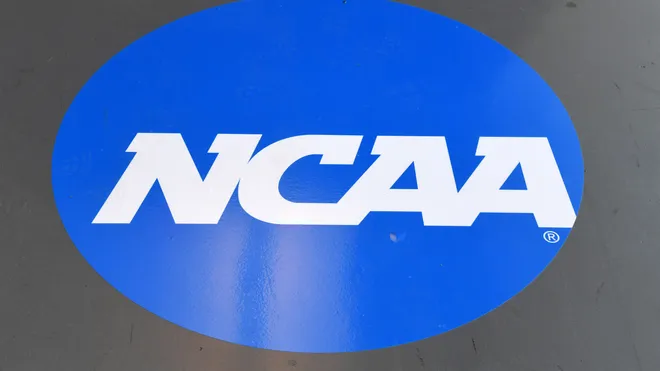A decision was made by the NCAA Division I council on Wednesday to eliminate the national letter of intent (NLI) program.
The approval will allow this to come into effect immediately and will apply to the Class of 2025 recruits.
The NLI program was established in 1964 and has been the formal, binding agreement between high school athletes and college programs for decades.
In its place will be a new financial aid agreement that will provide many of the same functions as the NLI and will be tied into a contract related to an eventual revenue-sharing model across college athletics.
This change is believed to also reduce any confusion between the NLI provisions and the NCAA legislation, to provide autonomy for programs to handle their respective athletic aid agreements and provide more transparency throughout the process.
In other words, this new agreement is seen to provide more flexibility for schools and athletes. Student-athletes will sign contracts to play at a school of their choice, and will no longer be tied to a one-year commitment that was established in the previous NLI.
Under these new guidelines, athletes in the transfer portal will be allowed to sign with a different school after they have officially entered the portal. After that athlete has signed their written offer of athletic aid, other schools would be “prohibited from recruiting communications.”
This change has caused a sentiment among college coaches that this will set a precedent for contracts between athletes and universities to be introduced as revenue sharing becomes more common in Division I.
This groundbreaking development comes shortly after the impending House settlement, which is set to grant around $2.8 billion in damages to former and current college athletes that will set a foundation for collegiate programs to pay their athletes more than $20 million annually by next fall at the earliest.
The deal would limit restrictions on schools directly paying their athletes — which has been a pillar of NCAA’s amateurism rules.
There is a final hearing set to take place for the approval of the settlement on April 7, 2025.
Changes to Signing Day?
When it comes to signing day, high school athletes will still be signing a binding agreement. In a meeting held by the NCAA’s Legislative Committee, the group outlined the signing dates as:
Football: The early signing period begins on the Wednesday following the last FBS regular season game at 7 p.m. and will last through the upcoming Friday. The regular signing period begins at 7 a.m. on the first Wednesday of February.
Basketball: The early signing period begins at 7 a.m. on the second Wednesday of November through the upcoming Wednesday. The regular signing period begins the Wednesday in April that is one week after the men’s and women’s championships have concluded.
Other Sports: The signing period is at 7 a.m. on the first Wednesday of November.
Other Changes
Along with the changes to the NLI, the NCAA also made changes to the transfer portal.
The committee voted to reduce the football and basketball transfer portal window from 45 days to 30 days.






